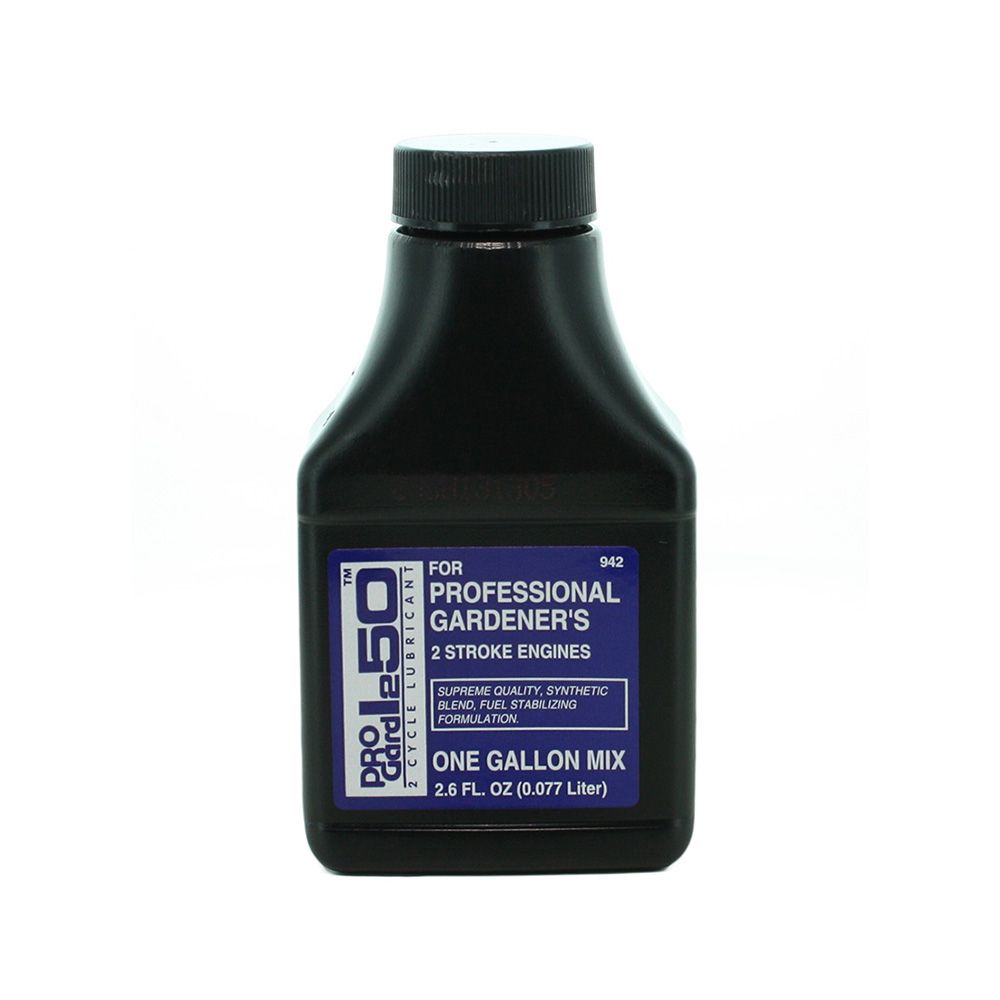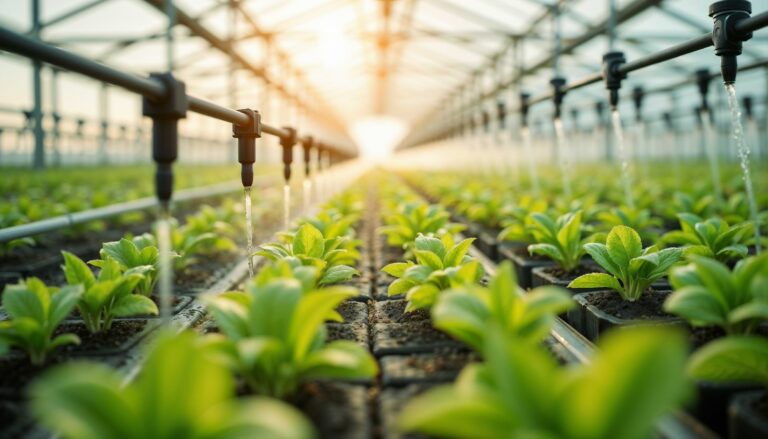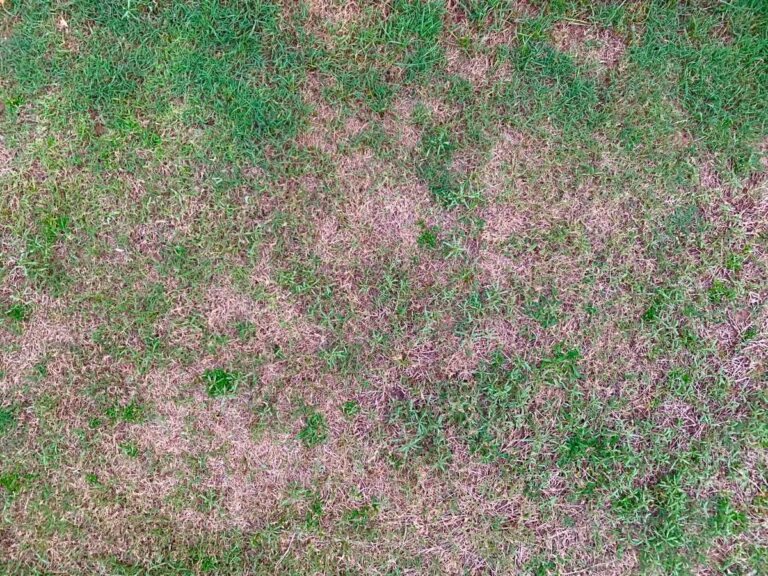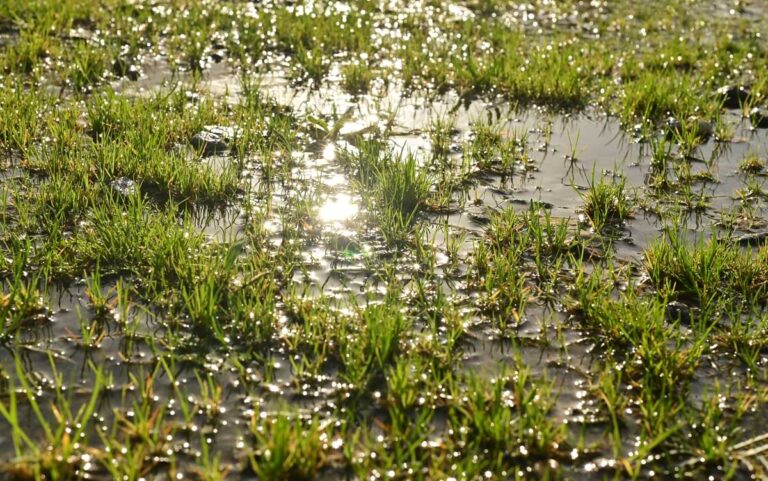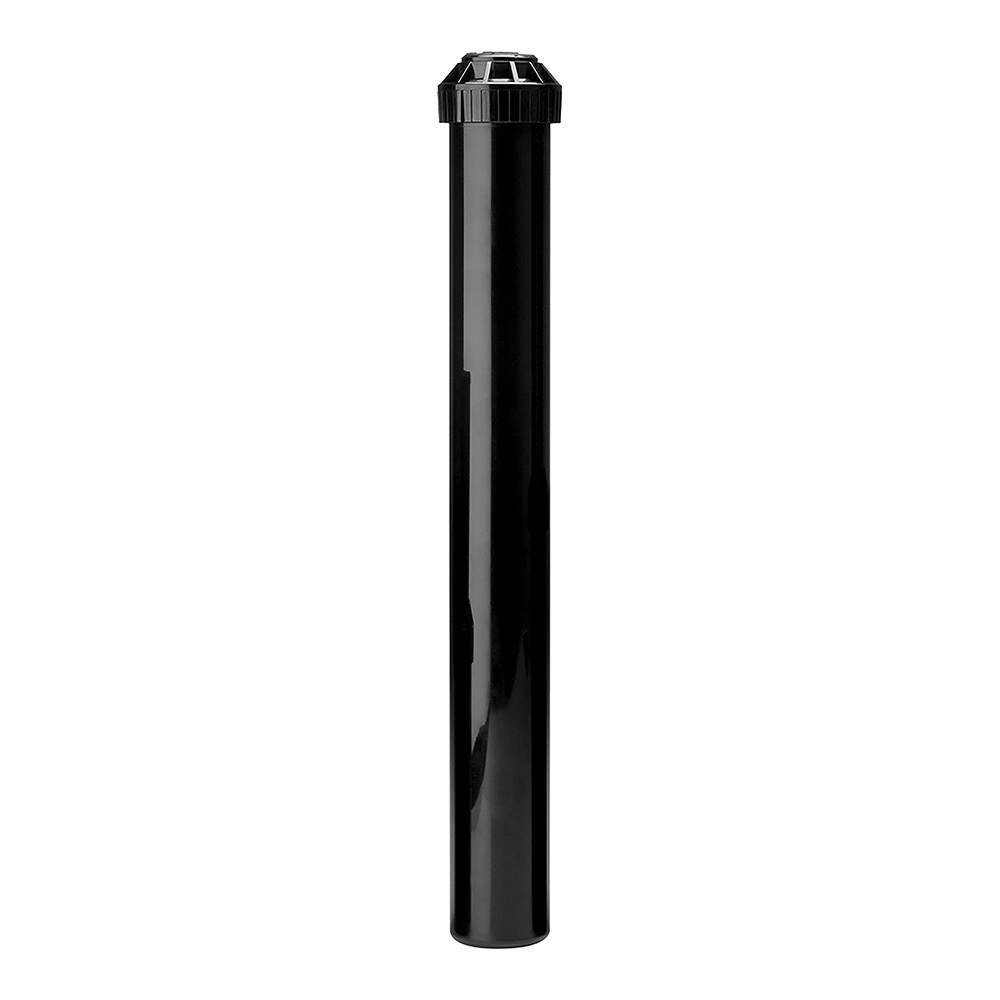Make Your Irrigation Efforts Efficient And Effective
One of the key elements in achieving a healthy green lawn is knowing how much to water your grass. The second most important step to a healthy lawn, following closely behind fertilizing, is watering. Like fertilizing, it is possible to water too much. Too much, and you’ll waste water (and risk damaging your lawn). Too little, and you’re left with brown patches. So how do you find the sweet spot?
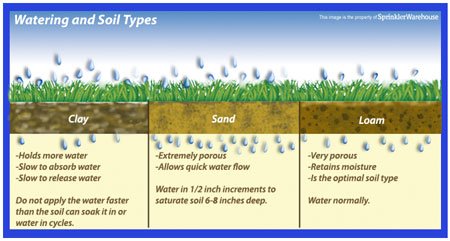

Learn how to determine your soil type
The important rule when you water your yard is to moisten your root zone. This is achieved with 1-2 inches of water a week. Consider yourself lucky if Mother Nature takes care of this for you on occasion. Don’t stress if you miss a week once in a while.
A healthy lawn can last several weeks without water. Although it may turn brown, it doesn’t completely die. Watering your lawn daily can actually do more damage to your yard than watering every two weeks.
Too much water can make your lawn susceptible to thatch and other diseases. If you have an automatic sprinkler system, make sure it is programmed to only apply the amount of water that your soil can absorb at one time. If you are having water runoff you could be fined for wasting water.
Determining How Long Your System Should Run:
To determine the amount of time you need to let your system run, observe how long it takes for water to begin running off. If it occurs after 15 minutes you will know that your system should only run for less than 15 minutes at a time. Another safeguard to effective watering is to measure how much water your system is supplying during this time.
If it is less than 1 to 2 inches of water, allow this water to soak in and let your system run more than once a day. After you are squared away on the amount of water to provide for your lawn, the next obstacle is to determine how often you need water.
There really is no set rule – every other day, once a week, or every third day. The best thing to do is be in tune with your lawn. By doing so, you will notice signs when your lawn needs a drink. Visible footprints in your lawn are one sign that your grass is wilting.
When Is the Best Time to Water Your Lawn?
When it comes to watering your grass, timing matters more than you might think. If you water your lawn in the middle of the day, the sun will be hot and a lot of the water will evaporate before it can do your grass any good. Evening watering, on the other hand, can lead to other issues. Without the sun out, the grass stays wet longer and may start to puddle. A damp environment creates the perfect breeding ground for fungal diseases, which can harm your lawn.
That’s why for most climates, the best time to water your lawn is early in the morning. In the early morning, the air is cooler, and there’s less wind. This helps minimize evaporation, meaning more water actually soaks into the soil and reaches your lawn’s roots. Morning watering promotes stronger root development because the water penetrates deeper into the soil before the day’s heat arrives. This also gives your grass plenty of time to dry off in the afternoon.
How Often Should You Water Your Lawn?
As we mentioned, lawns need about 1 to 2 inches of water per week to stay healthy. But here’s the key: instead of watering a little every day, it’s better to water deeply and infrequently. This encourages deeper root growth, which makes your grass more drought-resistant and healthier overall. As a general guideline, aim to water your lawn two to three times per week, depending on how quickly your soil dries out.
It may take some time to get the ratios just right, especially considering that rainfall will add to watering efforts whether you like it or not. A handy tool for knowing how much you should water your yard is a rain gauge (shown on right). It can tell you if Mother Nature has done some of your work for you or if you still need to add additional watering time. If you notice puddles or standing water, or if the soil feels constantly soggy, you’re probably overwatering. If your grass starts to turn brown or develops dry, crunchy patches, it’s a sign that your lawn needs more water.
What If The Lawn Color Changes?
Next, if your lawn’s color starts to fade or even turns to another shade, give your lawn watering. If you notice a certain area in the lawn is starting to show some dry spots, or any of the above-mentioned symptoms, check your sprinkler’s rotation and make sure that water is reaching every part of your lawn.
Water your grass too much, and you risk drowning it. Too little, and it’ll dry out. To keep your lawn healthy and green, pay attention to how much water your lawn needs each week and adjust your sprinklers accordingly. With enough patience, pretty soon you’ll have that perfect, lush green lawn that makes the neighbors a little envious.






















